History of the 44th Alabama Regiment written by a member of the regiment in 1898.
SCROLL DOWN TO READ STORY
FORTY-FOURTH ALABAMA REGIMENT
By James Jackson Garrett,1 of Birmingham
Written in 1898
(Transcription from Transactions of the Alabama Historical Society, Volume 2, 1898)
This regiment was organized at Selma, Ala., in March, 1862. Its field officers were, James Kent, of Dallas, Colonel; Charles A. Derby, of Lowndes, Lt. Col.; William F. Perry, of Macon, Maj.; and T. A. Nicoll, of Dallas, Adjutant. The captains and the counties whence their companies came were: Richard J. Dudley, Lowndes and Dallas; John A. Jones, Bibb; John W. Purifoy Wilcox: Wm. T. King, Shelby; George W. Carey, Shelby Henley G. Sneed, Bibb; Thomas C. Daniel, Dallas and Bibb F. M. Goode, Bibb; A. W. Denman, Randolph; and Patrick P. Riddle, Calhoun.
The regiment was made up chiefly, as will be seen, from Central Alabama; Dallas, Lowndes. Wilcox, Bibb, Shelby, and Calhoun contributing to its formation many of their noblest men. It was not at any time a large regiment, its maximum strength never exceeding a thousand men.
About the middle of June, 1862, it was ordered from the camp of instruction to the front in Virginia, and reached Richmond on the eve of the Seven Days’ struggle. It was in the act of receiving its equipment, on Capitol Square, when the first guns at Mechanicsville opened. An hour later, it was moving to its place on the lines, which was in support of field batteries guarding the outer approaches to the City, where it remained, while better armed and more seasoned troops were used in driving McClellan to Harrison’s Landing.
Harrison’s Landing Map – Shows the locations along the James River of the camps of the U.S. Army of the Potomac after the Seven Days’ Battles, 25 June-1 July 1862. Also shows locations of Berkeley and Westover plantations in Charles City County, Va. (Library of Congress)
Losses from sickness exceeded battles
As soon as Richmond was relieved, the regiment was quartered with A. R. Wright’s Brigade, on Falling Creek, south of the James River, near Drewry’s Bluff. There, in about six weeks, its losses from sickness exceeded the heaviest sustained in any of its battles. Many died and more were unfitted for service, among them Col. Kent, who resigned; so that in the following movements it could muster not more than one-third its numbers as effectives.
In all the arduous operations of the campaign ending at Sharpsburg, the regiment did good service, and suffered heavily; at Second Manassas, losing Capts. Daniel and King, and having casualties numbering one-fifth of all engaged; while at Sharpsburg, Col. Derby fell, while two-thirds of those he was gallantly leading were killed or wounded.
After the return from Maryland, the regiment was assigned to Law’s Brigade, for a while composed of it, the famous Fourth Alabama, and the Sixth, Fifty-fourth and Fifty-seventh North Carolina Regiments, all distinguished for good conduct on all occasions.
Fredericksburg
At Fredericksburg, the regiment was under fire, but not actively engaged. One of the younger North Carolina regiments mentioned above, which had been twitted as “conscript” by the older ones, during this battle, was ordered to drive back an opposing skirmish line. It did so, with a rush; but not content with this, inflamed with courage and resolve to prove its equality with the best soldiery, regardless of recalling orders, it threw itself headlong against the heavy masses of Burnside’s centre, and had fifty per cent, of its number slain or disabled. Greater courage was never shown, at Balaklava or anywhere else; and it is needless to say, that these men were no more taunted as “conscripts.”
Soon after this, the three North Carolina regiments were replaced in the brigade by the Fifteenth, Forty-seventh and Forty-eighth Alabama Regiments, and thenceforward until Appomattox, the brigade was made up of these three, and the Fourth and Forty-fourth. In Longstreet’s operations around Suffolk, Va., in 1863, the regiment last-named was conspicuous. and suffered probably more than any other command present.
Gettysburg
At Gettysburg, on July 2nd, 1863, in the terrible assault on Round Top,—pronounced by the officer who ordered it, “the best two hours’ of fighting ever done on any battle-field,”—made, as far as Law’s Brigade was concerned, after a forced march of twenty-five miles, under burning July sun, without supplies of food or water, the Forty-fourth drove the enemy from a battery in its immediate front, planted upon an almost inaccessible point on that mountain, and aided by other regiments, held it against all efforts of recapture. The guns of this battery are said to have been all, out of nearly a hundred they there captured, that were brought off from that field by the Confederates. In the charge on that day, the Forty-fourth penetrated the wild fastness known as the Devil’s Den, and there lost heavily, nearly forty per cent, of its number having fallen in the movement.
Devil’s Den, Gettysburg 1903, Detroit Publishing Company (Library of Congress)
More Campaigns
Returning to Virginia, the Regiment rested a few weeks in Spottsylvania, and with the rest of Hood’s Division was ordered thence to Georgia. At Chickamauga, it contributed its full share to the victory, which for a time saved that State from being overrun, at a cost of one-fourth its numbers. It was the good fortune of Hood’s Division to capture more than one-half the cannon taken on that field, and one-half of this was the prize of Law’s Brigade.
The campaigns which followed, in front of Chattanooga, in Lookout Valley, Longstreet’s advance on Knoxville and siege of that place, and the movements in East Tennessee following thereafter, in 1863-4, were probably the hardest of the war, in fatigues, privations and sufferings as well as full of dangers and losses. Through all these the Forty-fourth passed, with the patience and courage of veterans and patriots: proving themselves worthy of association with their comrades, and the equals of the best soldiers who ever marched under any standard.
Rejoined their comrades
Early in 1864, it was recognized by all that the great struggle of that year was to be in Virginia. All Hood’s (then become Field’s) Division, except Law’s Brigade, had been ordered and sent back to Lee. Law’s Brigade, it was proposed to retain in East Tennessee, in Buckner’s Division. This transfer excited great discontent, and almost symptoms of mutiny. Entreaties, petitions, and remonstrances poured into Richmond, until the transfer was revoked. When the order came to rejoin their old comrades in the Division from Texas, Arkansas, Georgia and South Carolina, these grim warriors rejoiced as if invited to a feast, although fully conscious of the toils and perils they had begged to be allowed to confront; and many of them doubtless remember the gladness of the reunion on the western verge of the Wilderness.
Into that wild region, through which Grant was trying to push, about the 3rd of May, 1864, the Forty-fourth Regiment plunged, with the rest of Lee’s army. It was in the rushing, irresistible advance, on the 6th of May, that beat and drove back the immense numbers about to swallow up Hill’s Corps; it was on the hardly contested lines at Spottsylvania beaten back, from which Grant attempted a second time to steal around our right; at North Anna; and at Cold Harbor, on June 3rd, with the rest of Law’s Brigade, which has never been duly credited, bore and beat back the heaviest assaults made, and inflicted far the severest loss suffered by the enemy on that bloody day.
During the earlier stages of the investment of Petersburg, which began in June, 1864, the regiment, with the rest of Field’s Division, was for awhile in the trenches, and then formed and used as a movable column, which passed, from one position to another, as Grant’s flanking attempts made necessary; and it was in this way thrown by forced marches several times from one extreme of the army to the other to meet emergencies sometimes of an appalling character. Later, events located it on the north side of James River, near Deep Bottom, and this position it held in defiance of all assaults, until the close of the war. During this last period was fought, about October, 1864, one of the fiercest battles of the war, sometimes called after Fussell’s Mill; in which, a few skeleton regiments, under the eye of Gen. Lee, attacked and routed an immense force which had surprised and broken through the lines at a point far to their left, and besides the enemy’s dead and wounded, captured and held many more prisoners than our entire force engaged. So completely was this attempt defeated, that no others in heavy force were ever made in that quarter.
Perry promoted to Brigadier General
During the winter of 1864-5 Col. Wm. F. Perry, who had gone out as Major of the Regiment, and as its Colonel, had been for some time ranking officer and in command of Law’s Brigade with much distinction, was promoted to Brigadier, and kept in charge of it. This made John A. Jones Colonel, George W. Carey Lieutenant Colonel, and A. W. Denman Major of the Regiment.
The breaking of the lines at Petersburg on April 2nd, 1865, rendered Richmond untenable; and those held by Field’s Division below that City, which never had been broken, were abandoned, and that Division, including Perry’s Brigade, and the 44th Alabama Regiment, crossed the James for the last time, and rejoined those who had evacuated Petersburg, between that point and Appomatox. The regiments of that magnificent body of men had literally fought themselves away, and some were then no larger than single companies; yet their organization and morale could not have been better. Despite the attrition of its almost unequalled fighting, service and suffering, it was the largest division that stacked arms and furled its colors finally at the obscure Virginia hamlet, only when its matchless Commander said that all had been done that honor and duty could require. Neither that division nor any of its brigades or regiments, had ever been driven from any position or field, nor failed to carry and hold any they had been ordered to take, or to dare and do otherwise, when the achievement was within the compass of human energy and heroism; and the gloom in which the sovereignty they had upheld and their own organizations vanished on the 9th of April, 1865, did not shade, but brightened the wreath of untarnished glories with which Southern valor had crowned its battle-riven standards.2
1 J. J. Garrett, Esq., son of Henry Walton and Sarah (Sasnette) Garrett, was born March 14, 1837, in Edgecomb County, N. C, and when one year old his parents came to Ala. They located in Sumter, but later removed to Greene County, where they died. His father was of English ancestry, the son of James and Eliza (Jones) Garrett, and the grandson of James and Rachel (Walton) Garrett The Waltons are of Bertie County, N. C. His mother was of French descent, the daughter of Zacharie and Elizabeth (Wilkins) Sasnette. The Garrett family lived about five miles from Tarboro, N. C. Mr. Garrett graduated at the University of Alabama in 1856; and was admitted to the bar in 1857. Enlisting as a private in Co. G, 44th Ala. Regt., in May, 1862, he served with this command for fourteen months, when he was assigned to duty in the ordnance department of Longstreet’s Corps, and just preceding the surrender of Lee he was made a lieutenant of ordnance. From the close of the war he practiced law in Greensboro, and in 1882 came to Birmingham, where he continues his profession. He was married, 1875, to Celia L., daughter of John W. and Barsha Susan (Norffcct) Walton, of Greensboro. For full biographical sketches of Mr. Garrett see Teeple and Smith’s Jefferson County (1887), pp. 353-4; and Memorial Record of Ala., vol. ii, p. 264.
2Of the survivors are Gen. W. F. Perry, Bowling Green, Ky., (see paper by him in this vol. on “Genesis of Public Education in Alabama”); Lt. Col. G. W. Carey, of New York City; and the writer of this paper.
A short account of the Regiment is in Brewer’s Alabama, pp. 654-656. A valuable contemporary sketch is contained in a letter from Mr. Garrett, the present writer, published in the Selma Reporter, March 23, 1864. With the letter was published a set of highly patriotic resolutions adopted at a meeting of the command held March 13, 1864. The muster rolls of the several companies, complete with historical memoranda from organization to surrender, are on file in the office of the Adjutant-General of Ala.—Report of Adjutant-General 1892-94, p. 219.
ALABAMA FOOTPRINTS – Volume I – IV: Four Volumes in One (Volume 1-4)
SAVE – BUY ONE GET ONE FREE! The first four Alabama Footprints books (listed below) have been combined into one book, Alabama Footprints – Volume I-IV – for the price of three books
ALABAMA FOOTPRINTS Exploration
ALABAMA FOOTPRINTS Settlement
ALABAMA FOOTPRINTS Pioneers
ALABAMA FOOTPRINTS Confrontation
From the time of the discovery of America restless, resolute, brave, and adventurous men and women crossed oceans and the wilderness in pursuit of their destiny. Many traveled to what would become the State of Alabama. They followed the Native American trails and their entrance into this area eventually pushed out the Native Americans. Over the years, many of their stories have been lost and/or forgotten. This book (four-books-in-one) reveals the stories published in volumes I-IV of the Alabama Footprints series.


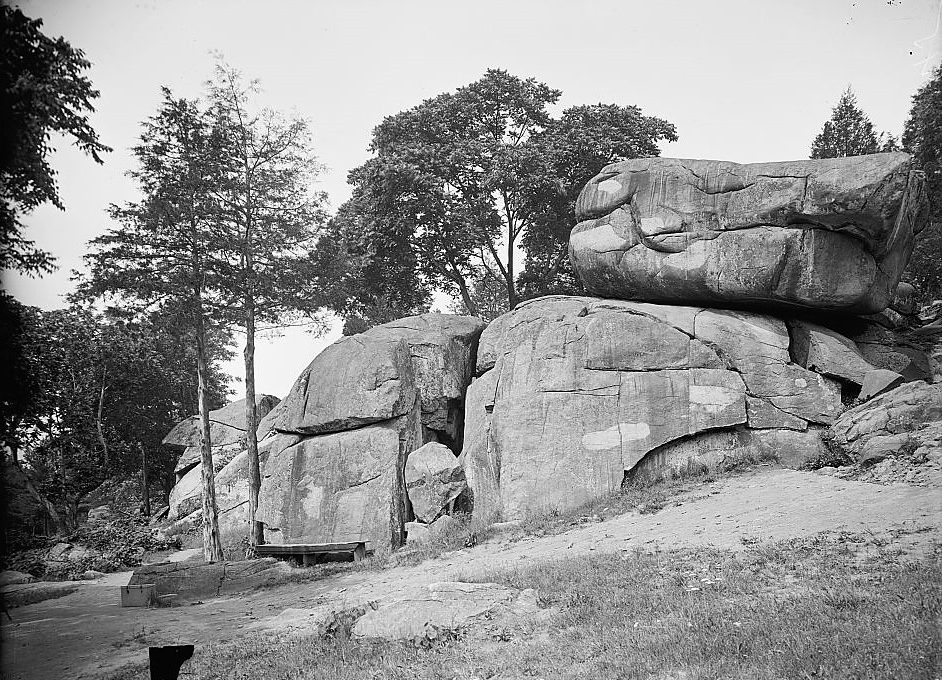
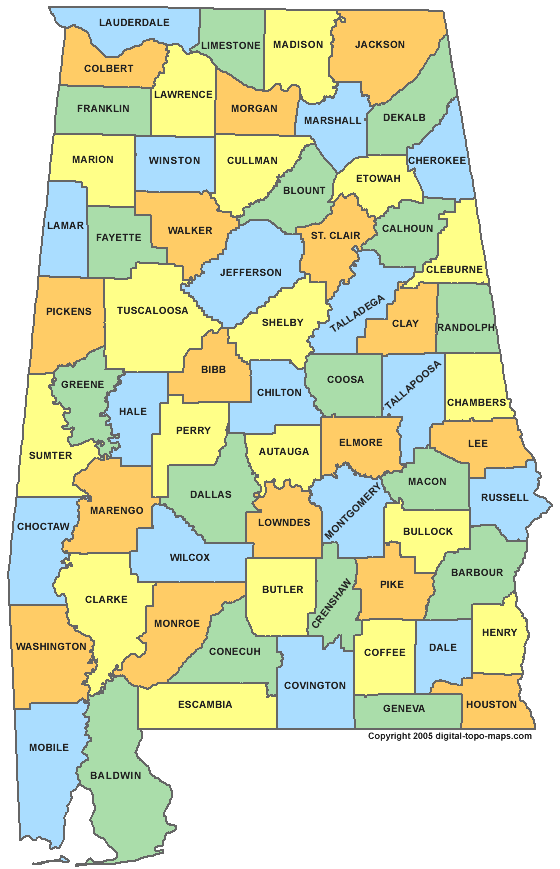
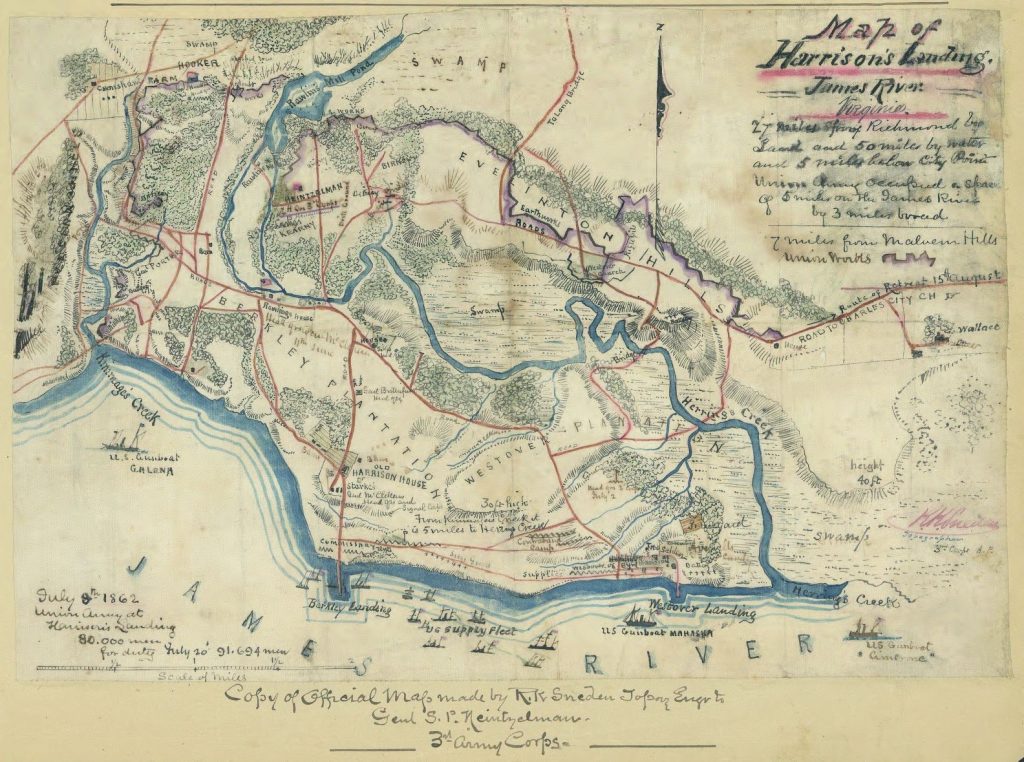
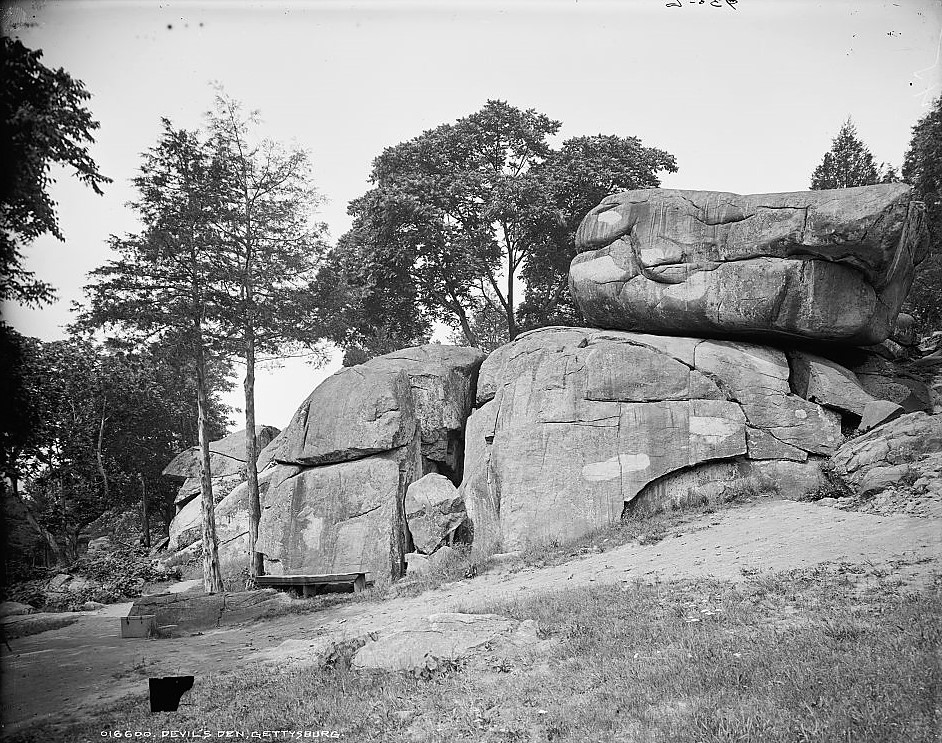

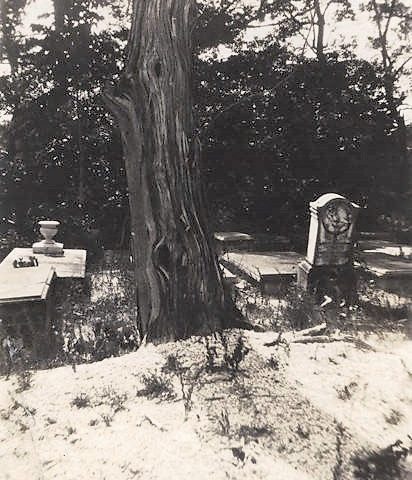

I had 3 forefathers serve in this Regiment:
Jasper Campbell(1836-1911)
Samuel McGaughey (1827-1863)
James Smith(1840-1916)